I have might taken for granted that everyone knows how extensive our pre Iditarod health check ups are for the dogs. But, after talking to a few folks, it seems that everyone DOESN’T know all of the health check “hoops” that we ask them to jump through (you’d think they were agility dogs!) So, here is an overview:
First of all, every dog is identified by microchip number. A microchip is inserted by syringe under the skin behind the ear (it is the size of a grain of rice). Each microchip has a unique identification number that can be read with a scanner to identify the dog. For Iditarod purposes, this unique number can track the dog’s medical history, as well as race history. All race dogs are scanned at the start of the race, as well as the finish. This is a very secure way to make sure all dogs can be identified with their musher. (For example, the Iditarod knows that ChaCha first raced in 2004 with Randy Chappel, then raced every year with Allen or Aliy, retiring after the 2011 race.)
Being that all of our dogs are reliably identifiable (to everyone, not just us), they then must pass individual Iditarod Veterinary Pre-Race Exams. Our personal Vet, Dr T Rose, came out to Two Rivers on Tuesday and examined all the dogs per Iditarod standards. Her exams were thorough. They included simple measures such as: weight and temperature. (We keep a monthly log book of dogs’ weights, so we can compare through out the season.) One of the more important tests in the exam is a cardiac auscultation. With a stethoscope she can detect the heart’s:
1) rate and rhythm, 2) value functioning (e.g. stenosis, regurgitation/insufficiency), and 3) anatomical defects.

Quito gets the once over by T-Rose while Rambler and Scout wait their turn
Also with a stethoscope she listened to their respiration and overall health of their lungs. The final part of the exam has to do with total body condition and musculo-skeletal issues. For this she uses a simple “sight exam”. By watching a dog’s gait she can tell if someone is uncomfortable or even in pain. We have the dogs romping around in the garage, so she can get quite a view.
Yesterday the dogs took the next step toward medical approval to race in the Iditarod. All race dogs must have a Complete Blood Count as well as an ECG print out (Electrocardiogram.) These two tests require a clinic set up and knowledgeable specialists to administer the tests. The volunteer Iditarod crew this year were FABULOUS. We brought all of the dogs into Animal House Vet Clinic in Fairbanks where they were escorted inside a room designated for their testing. (Their was a bit of canine chaos and barking periodically in the background from the boarding kennel and doggie day care that shares this facility.)
First, two vials of blood were taken from each individual (Right: Ranger with two of the volunteers). These samples are, of course, identified by the dog’s Microchip number and are set to Providence Hospital in Anchorage, Alaska for analysis. We will get the results in four days as will the head Iditarod Veterinarian, Dr. Stu Nelson. Dr. Nelson phones all mushers to talk about any irregularities or questions he might have about the dogs’ blood work. If necessary, he can advise mushers to re test a dog or he has the authority to decline a dog from the competition.
Second, is the ECG or Electrocardiogram. The dogs must lay on a table and relax. They are hooked up to electrodes and a computer which monitors their heart. It will document the result with an 8-second print out. These print outs are looked over by a cardiac specialist as well as Dr. Nelson. Once, again, if necessary, the doctors can advise mushers to re test or decline a dog from the competition.
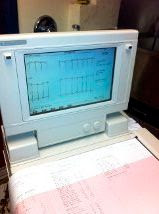

L-R: The ECG Machine; Chemo getting his ECG
All of this is absolutely necessary to try and keep our dogs healthy and safe. None of these tests are “looking for illegal substances”. The drug testing protocol for Iditarod dogs has a completely different protocol. We will do a website post explaining the canine drug testing later on during our Iditarod coverage.
See Rambler, I.V., Clyde and Felix getting checked over by the fabulous volunteers.


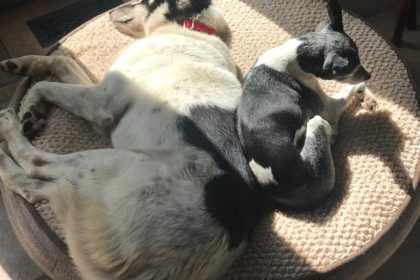



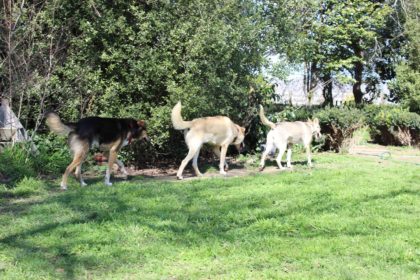
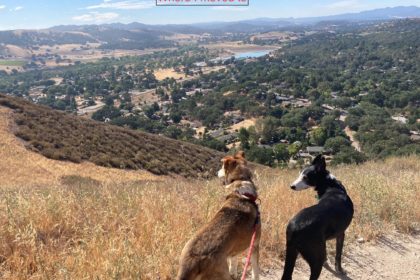
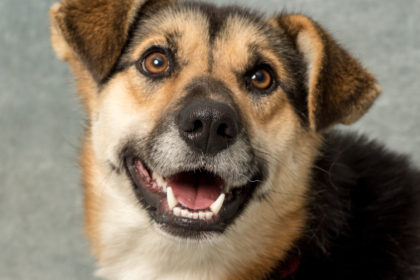

Two questions
1) If a dog runs multiple Iditarod wouldn't they have multiple chips. How do you know which one is current?
2) Do you have to pay for the tests or is it part of your entrance fee?
That is SO interesting! Do any of the tests help screen the possibility of rhabdo? Is there even a way to do that?
Look at Ranger! Smiling for the camera and very pleased with himself! Good boy, Ranger!
Very impressive pre-race procedures.
@Libby the Lab:
The microchip is explained on the official Iditarod Trivia & Facts page, in the section "How does Iditarod keep track of the dogs?". Mushers have to hand in a list with the dogs' names and chip numbers.
The vet test costs are NOT covered by the entry fee.
Entry fee (Rule #3) and Pre-Race Veterinary Exam (Rule #40) are explained in detail in the official 2013 Iditarod Race Rules which you can download as a PDF file here.
I have a question, I haven't seen Felix in any of the 'Meet the Dogs' pictures. Is he new?
Wow the testing on the pups are quite thorough and precise! I irritates me a bit when I hear that racing dogs is cruel to the dogs. how can it be when they are loved like they are, and they have these medical tests to pass before racing. Really? Not only that each pup is checked at checkpoints throughout the race. Hats off to the vets and volunteers for caring like you do!
Thank you for the links. So just like my dogs your dogs get one chip for life and the info is just updated.